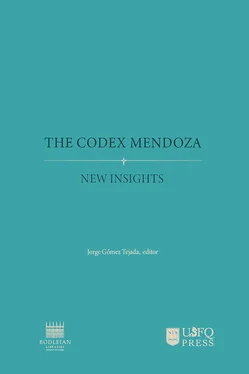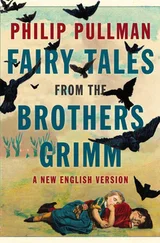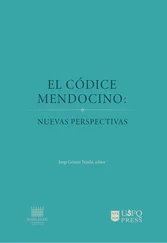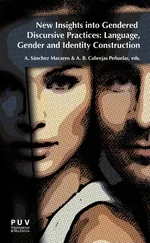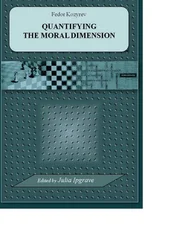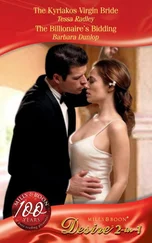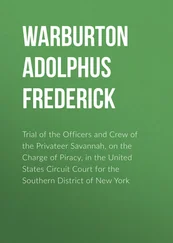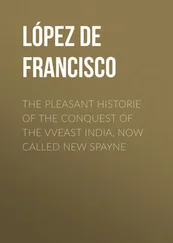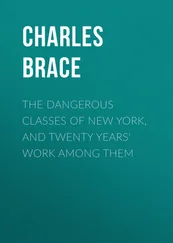———. 2014. Los colores del nuevo mundo: artistas, materiales y la creación del Códice florentino. Ciudad de México: Universidad Nacional Autónoma de México, Instituto de Investigaciones Estéticas.
Miliani, Costanza, Davide Domenici, Catia Clementi, F. Presciutti, Francesca Rosi, David Buti, Aldo Romani, L. Laurencich Minelli, and Antonio Sgamellotti. 2012. “Colouring Materials of Pre-Columbian Codices: Non-Invasive in Situ Spectroscopic Analysis of the Codex Cospi.” Journal of Archaeological Science 39 (3): 672–79. https://doi.org/10.1016/j.jas.2011.10.031.
Miliani, Costanza, Francesca Rosi, Brunetto Giovanni Brunetti, and Antonio Sgamellotti. 2010. “In Situ Noninvasive Study of Artworks: The MOLAB Multitechnique Approach.” Accounts of Chemical Research 43 (6): 728–38. https://doi.org/10.1021/ar100010t.
Miller, Mary Ellen. 2012. “Introduction: The Beinecke Map.” In Painting a Map of Sixteenth-Century Mexico City: Land, Writing, and Native Rule, edited by Mary Ellen Miller and Barbara E. Mundy, 1–8. New Haven: Yale University Press.
Newman, R., and M. Derrick. 2012. “Analytical Report of the Pigments and Binding Materials Used on the Beinecke Map.” In Painting a Map of Sixteenth-Century Mexico City: Land, Writing, and Native Rule, edited by Mary Ellen Miller and Barbara E. Mundy, 91–100. New Haven: Yale University Press.
Pottier, Fabien, Anne Michelin, Aurélie Tournié, Fabrice Goubard, Aymeric Histace, and Bertrand Lavédrine. 2019. “Preliminary Investigation on the Codex Borbonicus: Macroscopic Examination and Coloring Materials Characterization.” In Painting the Skin : Pigments on Bodies and Codices in Pre-Columbian Mesoamerica, edited by Élodie Dupey García and María Luisa Vázquez de Ágredos Pascual, 157–74. Tucson, AZ: The University of Arizona Press.
Robertson, Donald. (1959) 1994. Mexican Manuscript Painting of the Early Colonial Period: The Metropolitan Schools. New Haven: Yale University Press.
Russo, A. 2011. “Postface. Uncatchable Colors.” In Colors between Two Worlds: The “Florentine Codex” of Bernardino de Sahagún, edited by Gerhard Wolf and Joseph Connors, 389–410. Florence: Kunsthistorisches Institut in Florenz Max-Plank-Institut - Villa I Tatti The Harvard University Center for Italian Renaissance Studies.
Zetina, S., J. L. Ruvalcaba, M. Lopez Cáceres, T. Falcón, E. Hernández, C. González, and E. Arroyo. 2011. “Non Destructive In Situ Study of Mexican Codices: Methodology and First Results of Materials Analysis for the Colombino and Azoyu Codices.” In Proceedings of the 37th International Symposium on Archaeometry, 13th - 16th May 2008, Siena, Italy, edited by Isabella Turbanti-Memmi, 349–54. Berlin, Heidelberg: Springer. https://doi.org/10.1007/978-3-642-14678-7_50.
1The analytical data regarding the five codices analyzed in the Bodleian Libraries were previously published in Domenici (2019; 2017). We provide herein a much more detailed discussion of the data regarding the Codex Mendoza.
CHAPTER 3
Report on Repairs of 1985-6, Watermarks, and Collation of Codex Mendoza
(Oxford, Bodleian Library,
MS. Arch. Selden. A. 1)

B. C. Barker-Benfield Bodleian Library, University of Oxford
Introduction
The purpose of this section is to enrich the present study of the Codex Mendoza by making available this previously unpublished report on repairs, watermarks, and collation, composed between 1985 and 1999. Not intended as a full physical description of the manuscript, this section brings together various observations which emerged before, during, and after the repairs of 1985-6, about the physical nature of the entire manuscript volume, MS. Arch. Selden. A. 1, and in particular about its paper and collation-structure. This text also records the minor structural changes made during this time.
Concerns over the physical safety of the manuscript in 1985-6 were related to the impetus for a new facsimile edition, first raised in 1985 by the University of New Mexico Press. A contract for the facsimile was signed on October 2, 1985 and the main body of 5” x 4” color transparencies were made in October-November 1985 by the Bodleian Photographic Studio (the set may have incorporated some earlier transparencies from stock). In 1986, the University of New Mexico Press decided to withdraw from the project. However, another agreement was later signed (July 21, 1989) with the University of California Press, which finally published the facsimile to coincide with the Columbus Quincentenary celebrations of 1992 (Berdan and Anawalt 1992). For these purposes, an important point to note is that the plates of the 1992 facsimile were derived from transparencies which predated almost all the repairs of 1985-6.
This essay focuses on four main areas: the 1985-6 repairs; the watermarks identified in the body of the Codex Mendoza as well as in endpapers and in the monetary tables which, although not included in this facsimile, make up the second part of MS. Arch. Selden. A. 1; the numbering systems, quire signatures, foliations, and collation of the manuscript; and a reconstruction of its binding history. The section on watermarks was originally created by the author of the present report in 1990 to accompany his selection of beta-radiographs and was reproduced in the 1992 facsimile (Berdan and Anawalt 1992, 20–23). It is reprised here with further observations. The collation notes and charts below were made directly from the manuscript and independently from the material and chart published in the 1992 facsimile (13–20, especially fig. 9) by Wayne Ruwet, who had examined the manuscript in 1971; however, Wayne Ruwet and Bruce Barker-Benfield corresponded in 1985 over some aspects of the binding, watermarks, and flyleaves. Further observations about the implications of repairs, watermarks, and collation of the Codex Mendoza for the study of its making and circulation were made by the editor of the present facsimile in his doctoral dissertation (Gómez Tejada 2012) and form part of the discussion on materiality in the present volume.
The repairs of 1985-6
A brief survey of the manuscript’s condition made in July 1985 indicated that many edges were badly frayed and that folios 71-2 had finally been detached. Folios noted as requiring repair were folios 1, 2, 7, 13, 41, 47, 51, 55, 62, 67, 68, 70, and 71. Among these, folios 1 (badly torn, with old repairs causing further damage), 67, and 70 (with a small piece in danger of detaching) needed urgent attention. Accordingly, immediate repairs were carried out between July 11 and 18, 1985 by Linda Sutherland of the Bodleian Conservation Workshop. However, on this first occasion, only folios 67 (center fore-edge, end of river on recto) and 70 (edge of writing on recto at lower fore-edge) were repaired. The repairs were made with minimal tissue (Japanese tengujo) and dry paste (wheat and potato starch).
A more extensive program of paper repair was carried out in 1986 by Nancy Bell of the Bodleian Conservation Workshop in consultation with Christopher Clarkson and Bruce Barker-Benfield. The repairs were purposely kept to a minimum: the volume was not disbound and its sewing was left undisturbed. The bulk of the work consisted of reinforcing the fraying edges with tissue. However, the first and last quires of the Codex Mendoza (Part 1) required intervention at a somewhat deeper level to counteract the damage caused by old repairs and stubs and, at the end, to reattach folios 71-2; Christopher Clarkson took an active part in these repairs.
Watermarks
Part 1 (folios 1-71): Codex Mendoza
The original text block of the Codex Mendoza is made up of paper containing six watermark patterns, some of which can be further subdivided into their twin molds. Four of the six patterns (A-D) are of the same general design which Briquet (1968) classifies under the general heading “Homme,” subheading “Pélerin” (no. 7567-7603). Apart from the differences in the letters beneath, the pilgrims themselves are close in design, each with a wide-brimmed hat, pointed chin, and crutched staff. Briquet’s examples are mostly Italian, but Valls i Subirà (1980, 2:163–65, 232–35, no. 212–227) provides a number of Spanish examples from 1500 to 1597. Whatismore, the non-Spanish examples of “Pilgrim” papers reproduced by Briquet provide the closer parallels to the watermarks of the Codex Mendoza, but none are identical and the papers are no doubt of Spanish origin. The Christian iconography of the watermarks (pilgrims, crosses) may merit some reflection in the context of the Codex Mendoza.
Читать дальше
